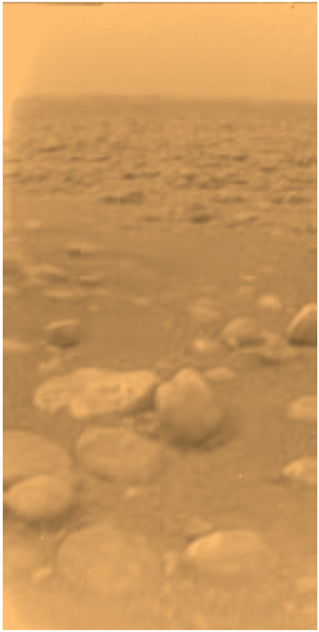The U.S. President has announced his plan to have American astronauts "land" on an asteroid by 2025. This is cool for several reasons:
1) It means that rule-makers are finally taking seriously the idea of asteroid defense.
2) If space exploration is going to continue it must become sustainable; that is, materially profitable. The most expensive thing about space travel is getting out of gravity wells. Raw material from small bodies, i.e. that's already in microgravity is therefore orders of magnitude cheaper than material that has to be brought up. (First organization who can make a self-printing 3D printer mostly out of materials to be found in asteroids wins. Template information up by sat phone, finished products down by parachute.) Asteroids are better candidates than comets because objects in stable, closer orbits are slower than objects that fall in from far away and whip around the sun in a matter of days.
3) We'll get a more in-depth look at an asteroid, and we'll find evidence of alien life. Leaping to conclusions there? I've written before that I think that we can't rule out von Neumann probes or replicating non-terrestrial entities of some kind in our own solar system, and that we haven't seen them yet because we're looking in the wrong places. (This probably also qualifies as one of my most absurd beliefs.) Interestingly, one of the greatest science fiction series of all time begins with an astronaut planting a nuclear bomb on an asteroid, and in the process discovering our first evidence of alien life. I don't think we'll be finding any doorways carved into canyons as in this novel, but I do think we'll find the kind of highly monodisperse heteropolymers - with nitrogen isotope ratio suggesting an extrasolar origin - that are an unmistakable sign of high-fidelity replication systems.
In other impactor-related news, I'm planning a trip to Siberia and Central Asia and I was trying to get to the Tunguska site. But it's way off the Siberian railroad and really hard to get to (a week out of my itinerary?) and Black Oil Aliens notwithstanding, there's nothing obviously special about the site; i.e. you want a crater, go see Winslow, and it's fifteen minutes off I-40 east of Flagstaff. I would still love to go - so, if you happen to have seen this on your Google News feed for Tunguska, and you're looking for someone to collect samples from the site but can't find any hearty risk-takers, why not let a hard-working medical student help you out by funding my extra week to get out there and get your work done for you!
ChatGPT Could Power the iPhone's AI Chatbot: Report
20 minutes ago
